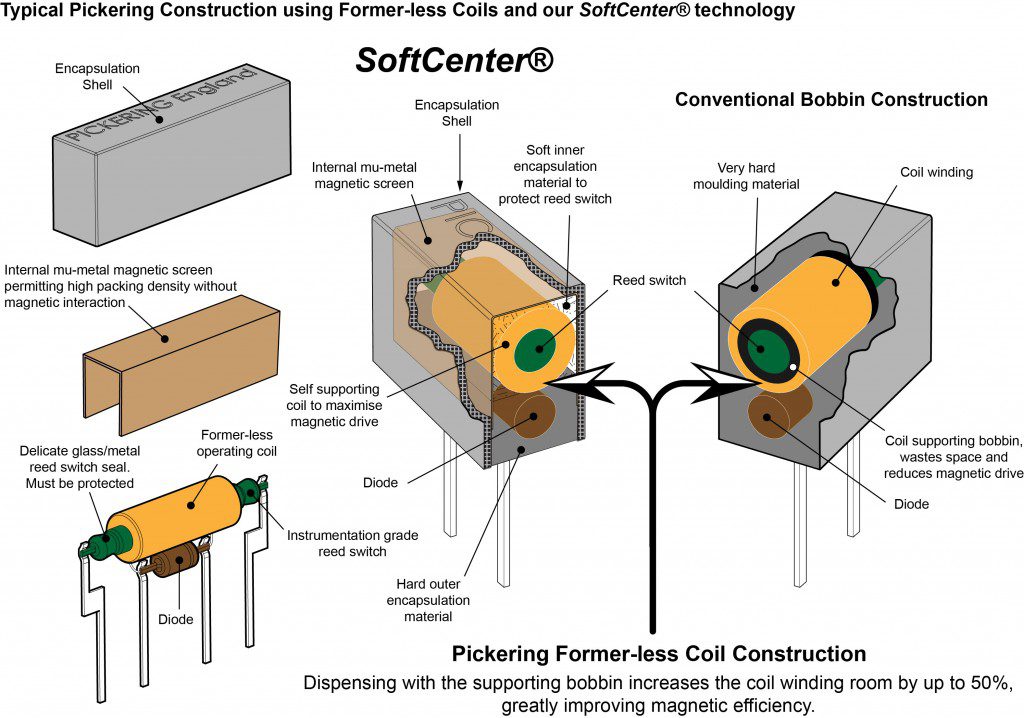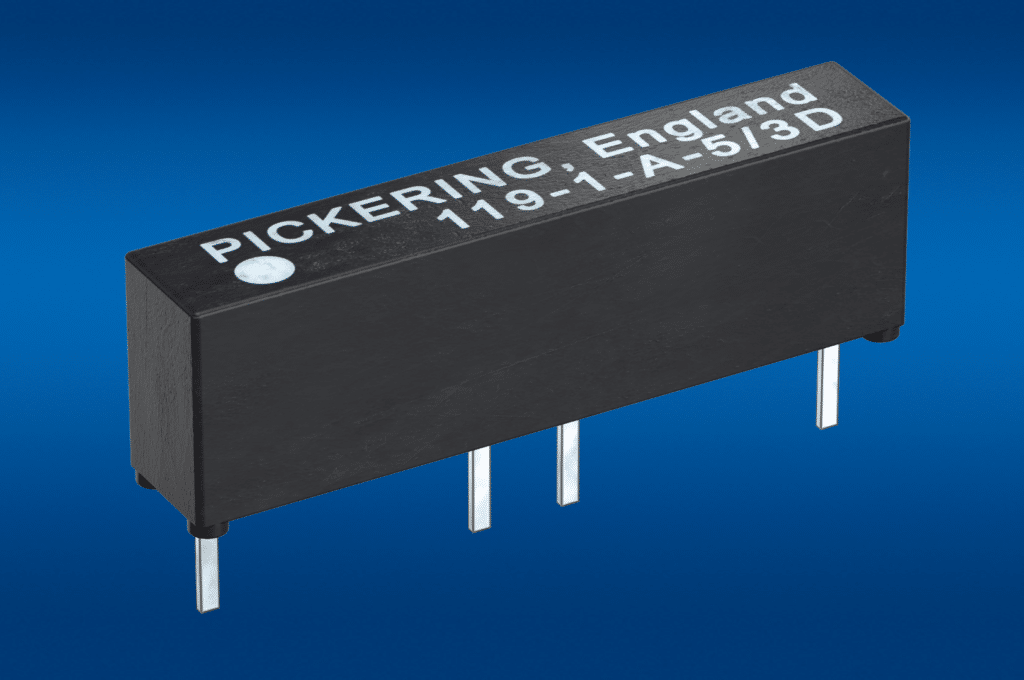Reed Relays for High Voltage Applications
Pickering Electronics have expanded their high voltage Single-in-line (SIL) Reed Relay range to include three new series, that all offer higher packing density. The Series 67 and 68 dry Reed Relay range for up to 10kV, and the Series 119 Micro-SIL range for up to 3kV. The recently released Series 67 and 68 Reed Relay […]
Reed Relays for High Voltage Applications Read More »













